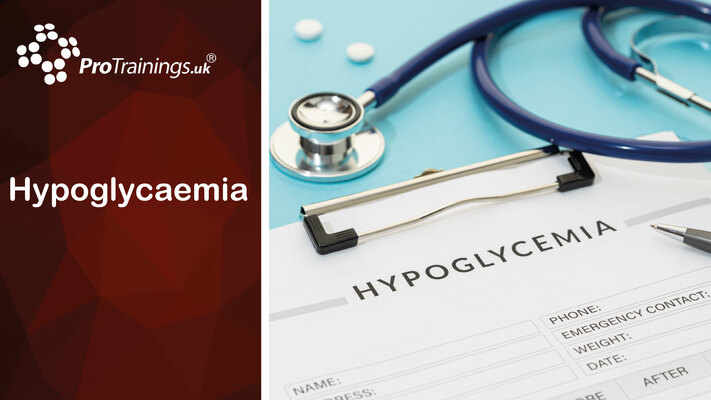Unlock This Video Now for FREE
This video is normally available to paying customers.
You may unlock this video for FREE. Enter your email address for instant access AND to receive ongoing updates and special discounts related to this topic.
Glucose Storage and Conversion: The Role of Glycogen and Insulin in Diabetes
How the Body Stores Glucose
To ensure a constant supply of glucose for energy, our bodies store as much glucose as possible. This is achieved by converting small glucose molecules into long chains called glycogen.
Digestion and Absorption
After consuming food, our bodies digest it into its constituent molecules. These molecules are absorbed into the bloodstream and transported to where they are needed, including glucose, which is converted into glycogen for storage.
Structure and Benefits of Glycogen
Glycogen is a highly branched molecule, allowing it to be quickly converted back into glucose. Its compact structure makes it efficient for storage in small spaces. Glycogen is primarily stored in the liver and skeletal muscles.
The Conversion Process
The conversion of glycogen to glucose occurs via the Second Messenger Model and is facilitated by the enzyme Glucagon. Conversely, the conversion of glucose into glycogen is enabled by the enzyme Insulin. Both enzymes are produced in the pancreas by cells in the Islets of Langerhans.
Regulation of Blood Sugar Levels
When blood sugar levels are too high, the body secretes more insulin; when they are too low, more glucagon is released. In diabetes, there are issues with insulin production or sensitivity:
- Type 1 Diabetes: The body does not produce insulin.
- Type 2 Diabetes: The body loses its sensitivity to insulin.
The Importance of Monitoring Blood Sugar
Due to insulin-related problems, individuals with diabetes need to regularly monitor their blood sugar levels. A non-diabetic person should have a blood glucose level of:
- 4.0 to 5.4 millimoles per litre when fasting
- Up to 7.8 millimoles per litre up to 2 hours after eating
This frequent testing helps manage and maintain safe blood sugar levels.









